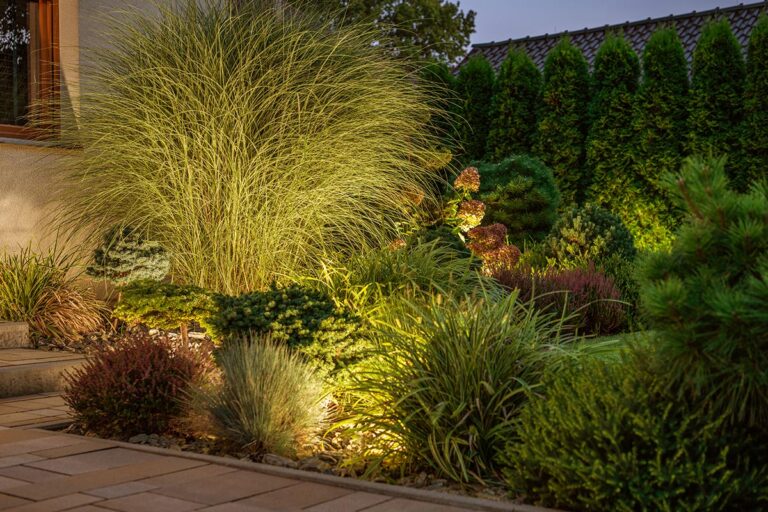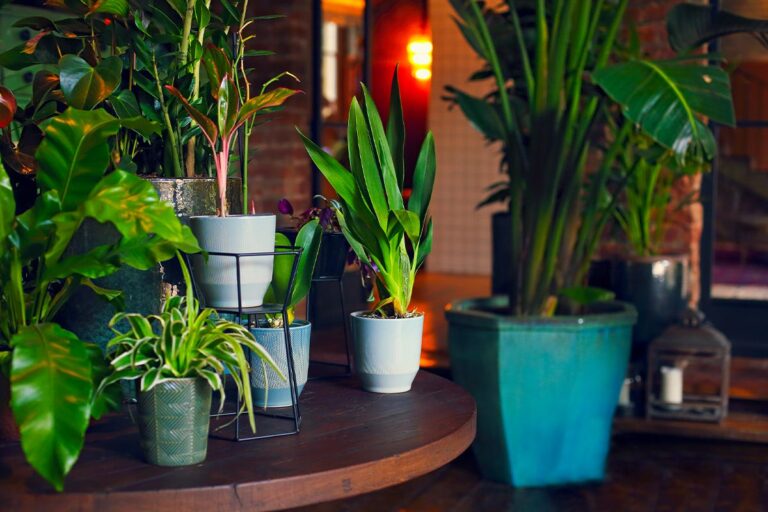Azaleas, with their vibrant blooms and elegant foliage, are a beloved addition to many gardens. These flowering shrubs come in a wide variety of colors, shapes, and sizes, making them a versatile choice for any landscape. In this comprehensive guide, we will explore the world of azaleas, from selecting the right variety to caring for them to ensure a stunning display each spring.
Azaleas are members of the Rhododendron genus and are closely related to rhododendrons. They are native to Asia, Europe, and North America, and they thrive in acidic, well-drained soil. Azaleas are prized for their beautiful flowers, which can range in color from white to pink, red, purple, and orange.
Types of Azaleas
When selecting azaleas for your garden, consider the following factors:
Timing: The best time to plant azaleas is in the spring or fall. Soil Preparation: Azaleas prefer acidic soil, so amend your soil with peat moss or pine needles to lower the pH. Planting Depth: Plant the azalea at the same depth it was in the pot. Watering: Water your newly planted azalea deeply and regularly, especially during dry periods. Mulching: Apply a 2-3 inch layer of organic mulch, such as pine needles or shredded bark, to help retain moisture and suppress weeds.
Watering: Water your azaleas regularly, especially during dry periods. However, avoid overwatering, as this can lead to root rot. Fertilizing: Fertilize your azaleas in early spring with a slow-release fertilizer specifically formulated for acid-loving plants. Pruning: Prune your azaleas after they have finished blooming to shape the plant and remove dead or damaged branches. Pest and Disease Control: Keep an eye out for pests like aphids, scale, and spider mites. Treat infestations promptly with insecticidal soap or neem oil.
By following these tips, you can create a stunning display of azaleas that will brighten up your garden each spring. Remember to choose the right varieties for your climate and soil conditions, and provide them with the care they need to thrive.








Your Garden, Our Passion. We’re dedicated to providing you with the highest quality plants and expert advice to transform your space into a vibrant oasis.
© 2025 PLeasent View Nursery Inc. All rights reserved. Privacy Policy | Terms & Conditions